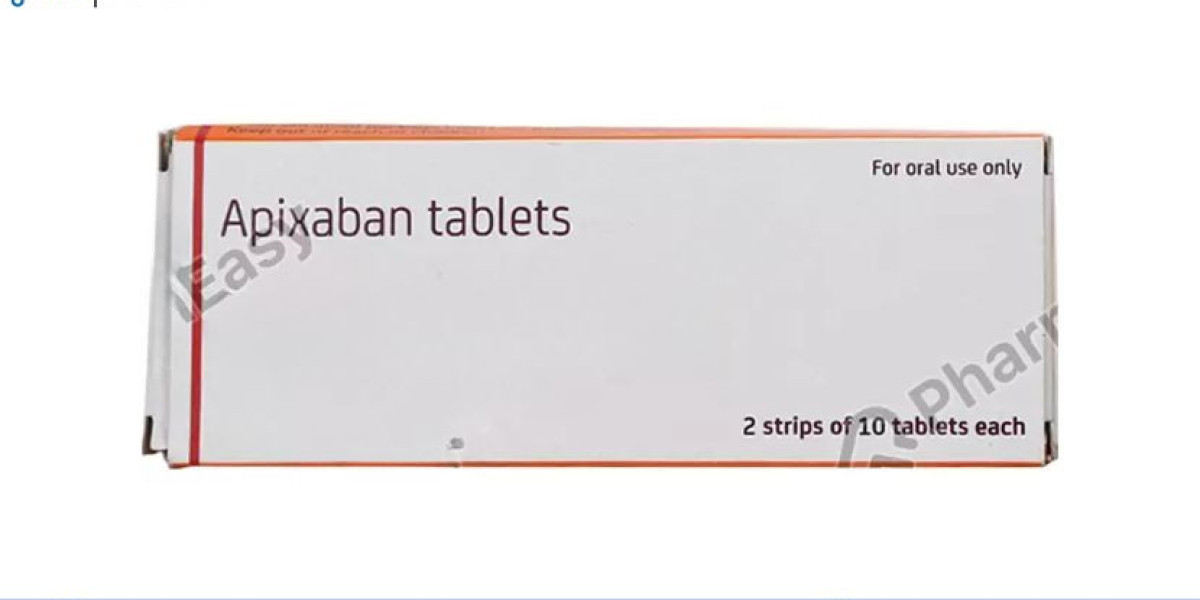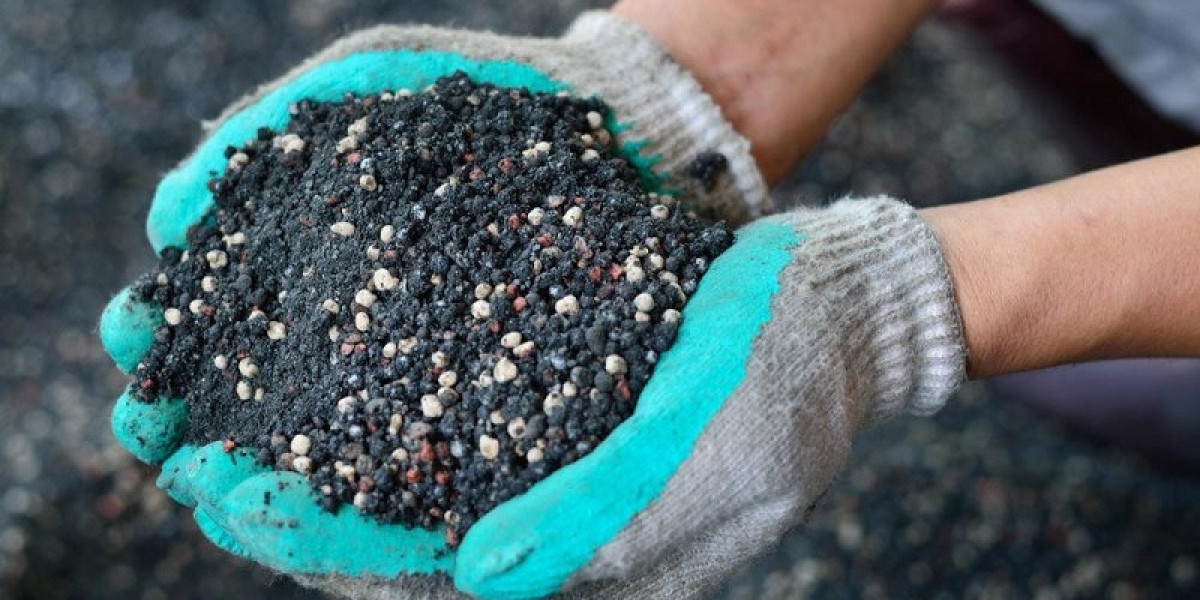Introduction
The Apixaban (Eliquis) Manufacturing Plant Project Report presents a detailed guide on setting up a manufacturing facility for the production of apixaban, a widely used anticoagulant medication marketed under the brand name Eliquis. Apixaban is prescribed for the prevention of blood clots in patients with conditions such as atrial fibrillation, deep vein thrombosis (DVT), and pulmonary embolism (PE). As the global demand for blood-thinning drugs rises due to an aging population and increased incidences of heart diseases and strokes, the market for apixaban continues to grow. This report outlines the production processes, required raw materials, equipment, regulatory requirements, market demand, and financial feasibility involved in establishing a manufacturing plant for apixaban.
Market Demand for Apixaban
Apixaban, developed by Bristol-Myers Squibb and Pfizer, has become one of the most prescribed anticoagulants worldwide. The demand for this drug is growing steadily due to several key factors:
1. Increasing Prevalence of Cardiovascular Diseases
Cardiovascular diseases, particularly atrial fibrillation and stroke, are on the rise due to factors such as aging populations, sedentary lifestyles, and poor dietary habits. Apixaban is highly recommended for managing these conditions as it effectively reduces the risk of stroke and blood clots. As the global prevalence of cardiovascular diseases increases, the demand for anticoagulants like apixaban is expected to rise.
2. Shift Towards Oral Anticoagulants
In recent years, there has been a shift from traditional injectable anticoagulants (such as heparin) to oral anticoagulants like apixaban. This shift is driven by the convenience and ease of administration associated with oral medications. As patients seek alternatives to injectable treatments, the market for oral anticoagulants, including apixaban, is growing rapidly.
3. Aging Population
The global population is aging, particularly in developed countries. Older adults are at a higher risk of developing conditions that require anticoagulation therapy, such as atrial fibrillation and deep vein thrombosis. Apixaban is particularly beneficial for elderly patients due to its ease of use, predictable pharmacokinetics, and relatively low risk of side effects compared to older anticoagulants. The aging population continues to drive demand for apixaban.
4. Growing Awareness and Diagnosis
As healthcare providers increasingly focus on preventive care and early detection of heart-related issues, more patients are being diagnosed with conditions that require blood-thinning medications. Greater awareness of conditions like atrial fibrillation and DVT is leading to more widespread use of apixaban as a primary treatment option.
Get a Free Sample Report with Table of Contents@
Key Considerations for Establishing an Apixaban Manufacturing Plant
1. Location Selection
Choosing the right location for an apixaban manufacturing plant is crucial for ensuring smooth operations and maximizing efficiency. Important factors to consider include:
Proximity to Raw Materials: Apixaban production requires high-quality pharmaceutical-grade raw materials, including specialized active pharmaceutical ingredients (APIs) and excipients. Being close to suppliers can reduce transportation costs and ensure a reliable supply chain.
Regulatory Environment: The location should be chosen based on its regulatory environment, which must be compatible with pharmaceutical manufacturing requirements. Countries with established pharmaceutical regulations, such as the United States, Europe, and India, are typically favorable locations for setting up such manufacturing plants.
Access to Skilled Workforce: A pharmaceutical manufacturing facility requires skilled professionals, including chemical engineers, quality control experts, and pharmacists. The location should have access to a trained workforce capable of maintaining the high standards necessary for drug production.
Logistics and Distribution: The plant should be located near transportation hubs, such as ports, highways, or railways, to ensure that finished products can be efficiently distributed to healthcare facilities and pharmaceutical wholesalers.
2. Raw Materials and Sourcing
The key raw materials required for apixaban production include:
Active Pharmaceutical Ingredient (API): The primary raw material is apixaban itself, which is synthesized from specific organic compounds. Manufacturing apixaban requires high-quality APIs that meet stringent pharmaceutical standards.
Excipients: Various excipients are required to formulate the apixaban tablets, including binders, fillers, lubricants, and stabilizers. These excipients help in tablet formation, stabilization, and absorption.
Solvents and Reagents: Solvents, reagents, and catalysts are required for the synthesis of apixaban during the chemical manufacturing process. These chemicals must be of high purity to avoid contamination and ensure the desired chemical reaction.
Packaging Materials: Pharmaceutical-grade packaging materials, such as blister packs, bottles, and labeling materials, are required to package the finished product in compliance with regulatory standards.
3. Production Process
The manufacturing process of apixaban involves several critical stages to ensure the production of high-quality tablets. These stages include:
Synthesis of Active Pharmaceutical Ingredient (API)
The production of apixaban begins with the synthesis of the API. The chemical synthesis process involves several steps, including:
Chemical Reactions: The synthesis of apixaban involves complex chemical reactions between various organic compounds, typically involving catalysts and specific reaction conditions such as temperature, pressure, and pH levels.
Purification: The synthesized API must be purified to remove any by-products or impurities. Purification techniques such as recrystallization or chromatography are employed to ensure the purity of the apixaban API.
Drying and Milling: The purified API is dried and milled into a fine powder to facilitate tablet formation.
Formulation
Once the API is synthesized and purified, it is combined with excipients to form the final dosage form (tablets). The formulation process involves:
Mixing: The API is blended with excipients, such as binders, fillers, disintegrants, and lubricants, to ensure uniform distribution of the drug in the final product.
Granulation: The mixture is granulated to ensure proper binding and consistency of the tablet. This process helps improve the flow properties and compressibility of the tablet blend.
Drying and Sieving: After granulation, the mixture is dried to remove excess moisture, and then sieved to obtain uniform granules.
Compression
The granules are then compressed into tablets using a tablet press. The compression process must be carefully controlled to ensure uniform tablet size, weight, and hardness. The tablets should have optimal disintegration and dissolution properties for effective drug absorption.
Coating
After compression, the tablets may undergo a coating process to improve their appearance, protect them from environmental factors, or control the release of the drug in the body. Coatings are typically made of film-forming agents and other excipients.
Quality Control and Testing
Quality control is an essential part of the manufacturing process. The tablets undergo rigorous testing to ensure they meet the required specifications for:
Appearance: Tablets should be free from cracks, discoloration, or defects.
Weight Uniformity: Tablets must meet weight uniformity criteria to ensure each tablet contains the correct amount of active ingredient.
Dissolution Testing: The rate at which the drug dissolves in the body is crucial for its therapeutic effect. Dissolution testing ensures that apixaban tablets release the drug at the right rate.
Potency Testing: Potency testing ensures that each tablet contains the specified amount of apixaban.
Packaging
The final step is packaging the tablets into suitable containers, such as blister packs, bottles, or jars. Packaging must comply with pharmaceutical regulations, ensuring that the product is protected from contamination and moisture, and that it meets safety and labeling requirements.
4. Equipment and Machinery
Several types of equipment are required in the manufacturing of apixaban tablets:
Chemical Reactors: For the synthesis of apixaban API through chemical reactions.
Granulation and Blending Equipment: For mixing and granulating the raw materials.
Tablet Press: For compressing the granules into tablets.
Coating Machines: For applying coatings to the tablets.
Packaging Machines: For packaging the finished tablets into blister packs or bottles.
Quality Control Testing Instruments: For testing parameters like dissolution rate, tablet hardness, and potency.
5. Regulatory Compliance
Manufacturing apixaban requires adherence to stringent regulatory standards set by authorities such as the U.S. Food and Drug Administration (FDA), the European Medicines Agency (EMA), and other local health authorities. Compliance with good manufacturing practices (GMP) is essential to ensure the quality, safety, and efficacy of the product.
Key regulatory requirements include:
Facility Accreditation: The manufacturing plant must be certified by relevant regulatory bodies to ensure it meets industry standards.
Product Registration: Apixaban must be registered with the relevant health authorities before it can be sold in the market.
Clinical Trials and Documentation: Adequate clinical trial data and documentation must be provided to demonstrate the safety and efficacy of apixaban.
6. Financial Feasibility and Investment Analysis
Setting up an apixaban manufacturing plant involves significant capital investment. Some of the key financial considerations include:
Initial Investment: The cost of land, plant construction, machinery, and equipment.
Operating Costs: Ongoing costs such as raw material procurement, labor, utilities, packaging, and maintenance.
Revenue Generation: Revenue will primarily be generated from the sale of apixaban tablets to healthcare providers, pharmaceutical wholesalers, and distributors.
Profitability and ROI: A detailed financial analysis should be conducted to assess the potential return on investment (ROI) based on expected production volumes, market demand, and pricing strategies.
Media Contact
Company Name: Claight Corporation
Contact Person: Lewis Fernandas, Corporate Sales Specialist — U.S.A.
Email: sales@expertmarketresearch.com
Toll Free Number: +1–415–325–5166 | +44–702–402–5790
Address: 30 North Gould Street, Sheridan, WY 82801, USA
Website: www.expertmarketresearch.com
Aus Site: https://www.expertmarketresearch.com.au






